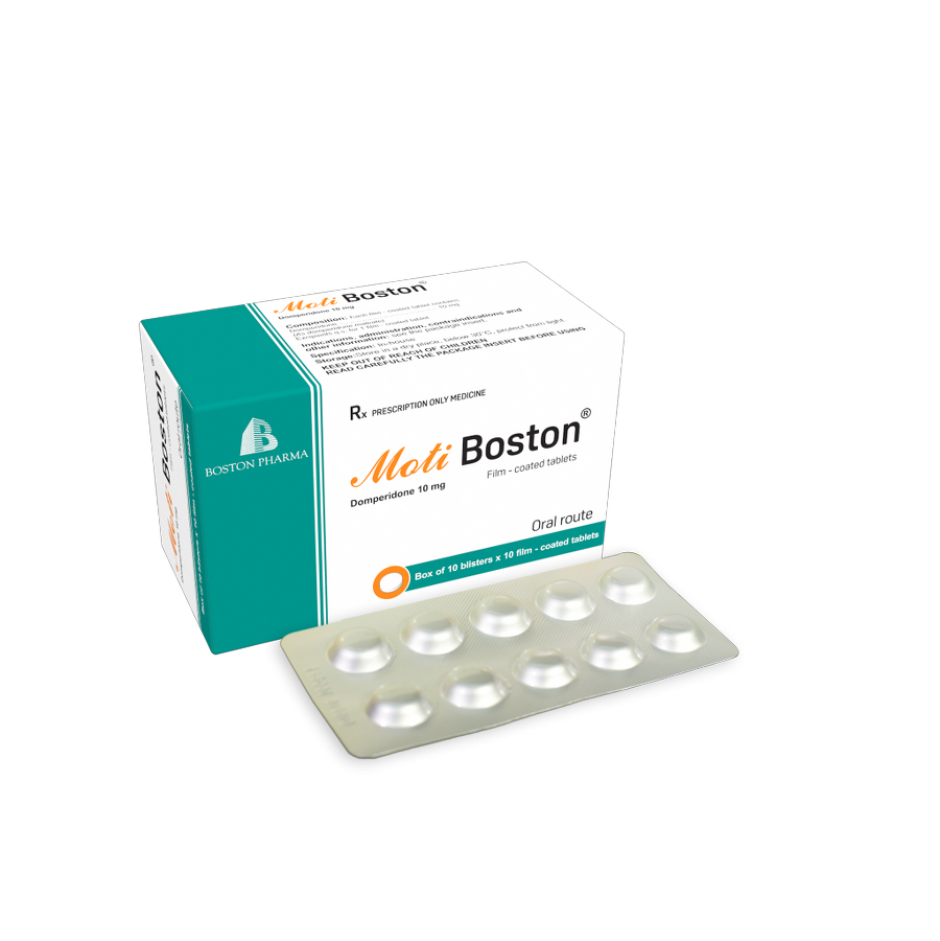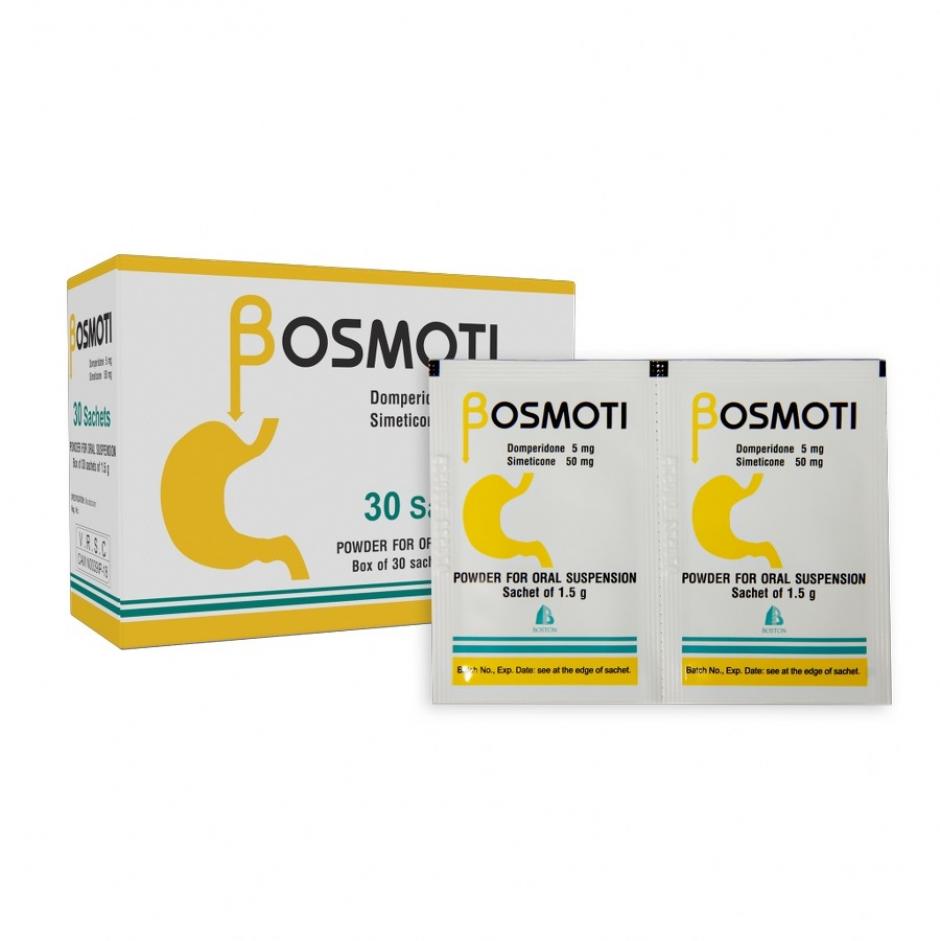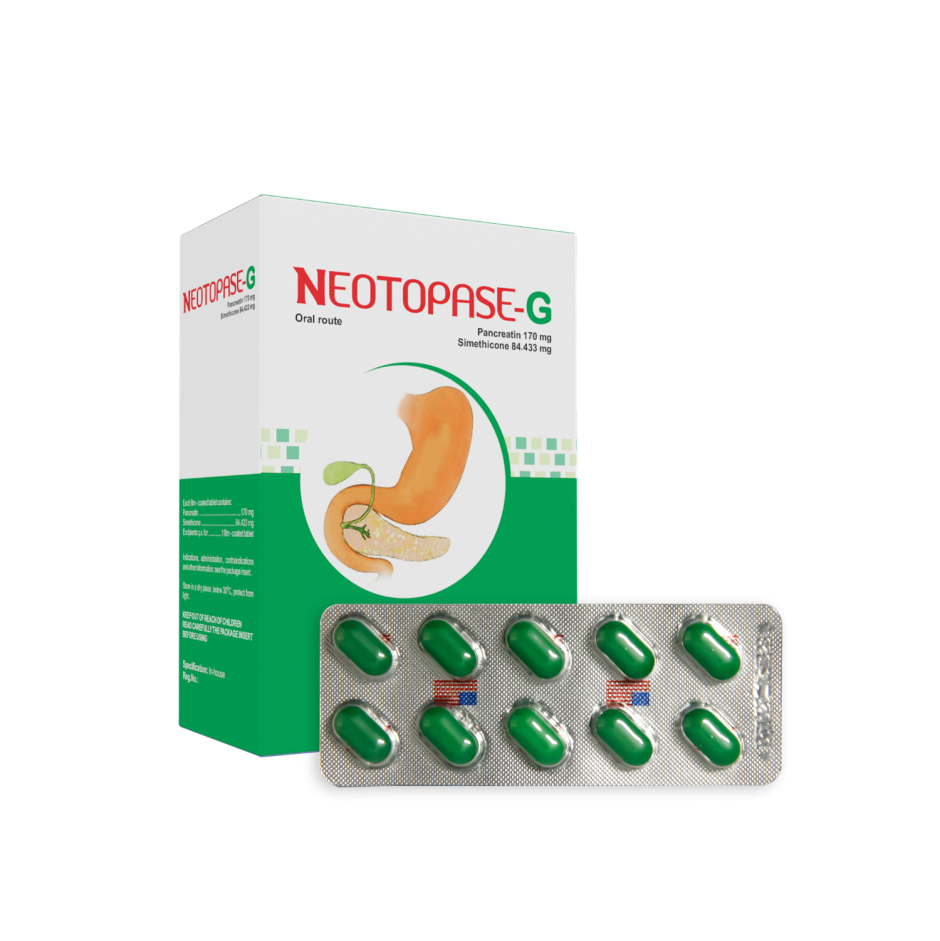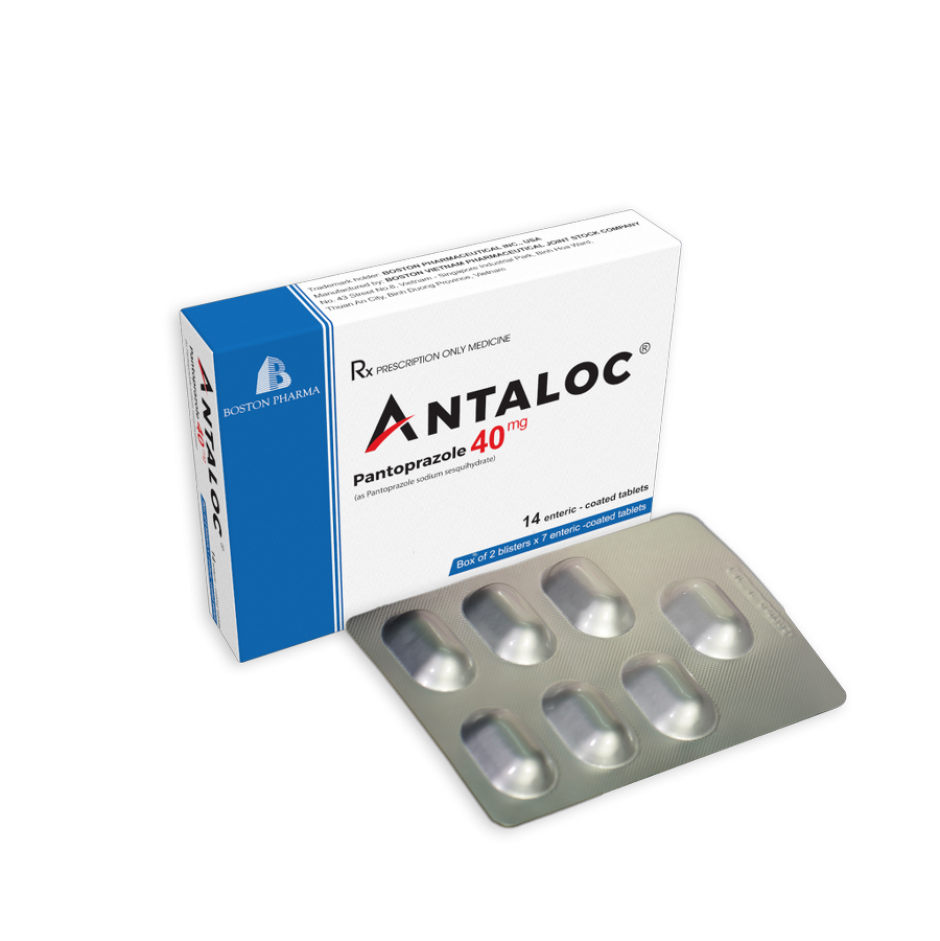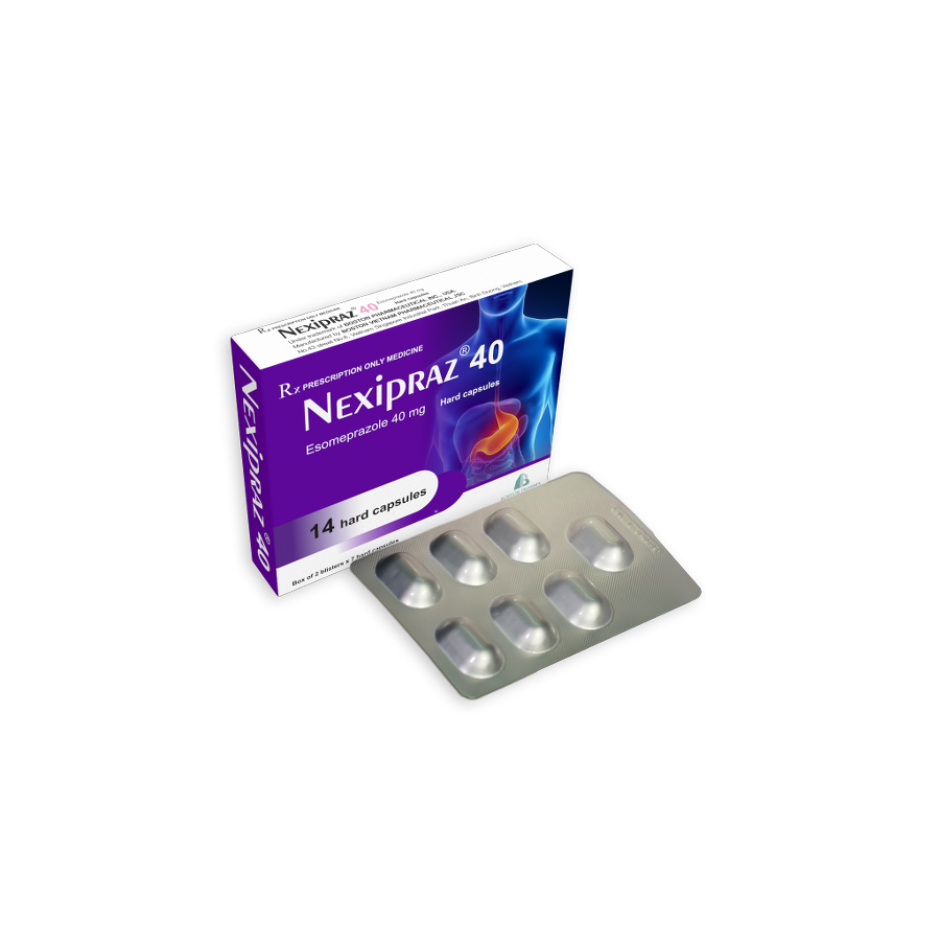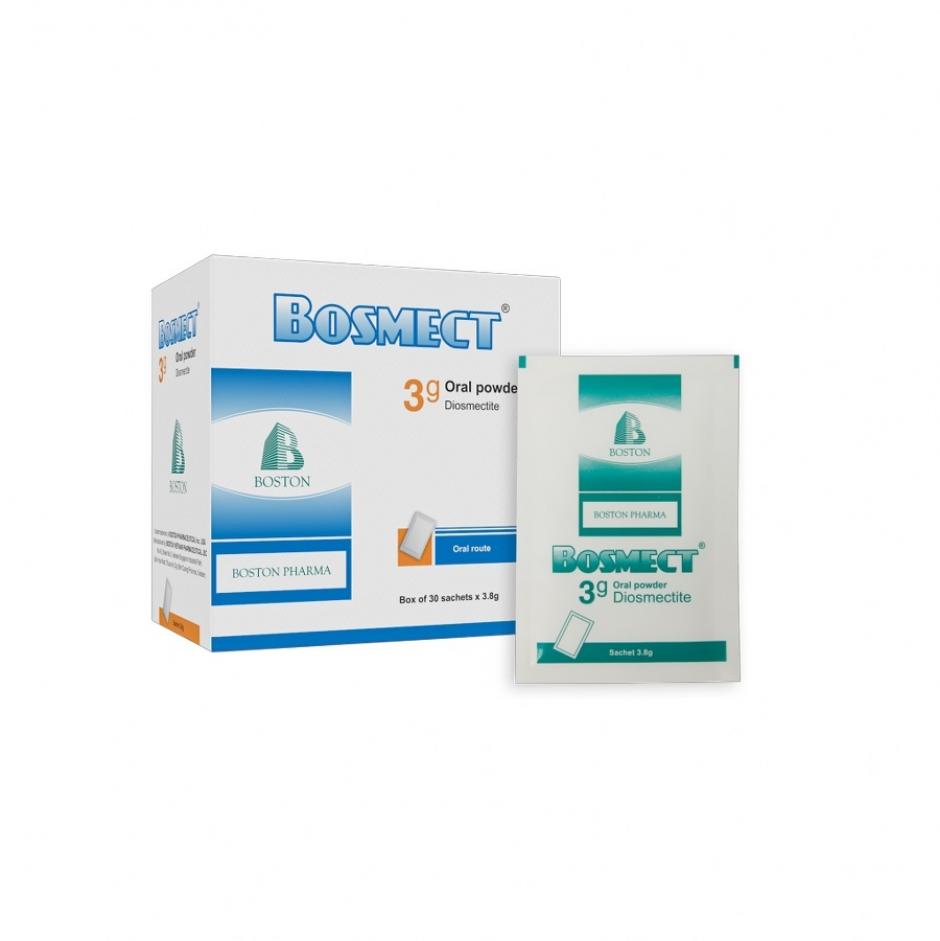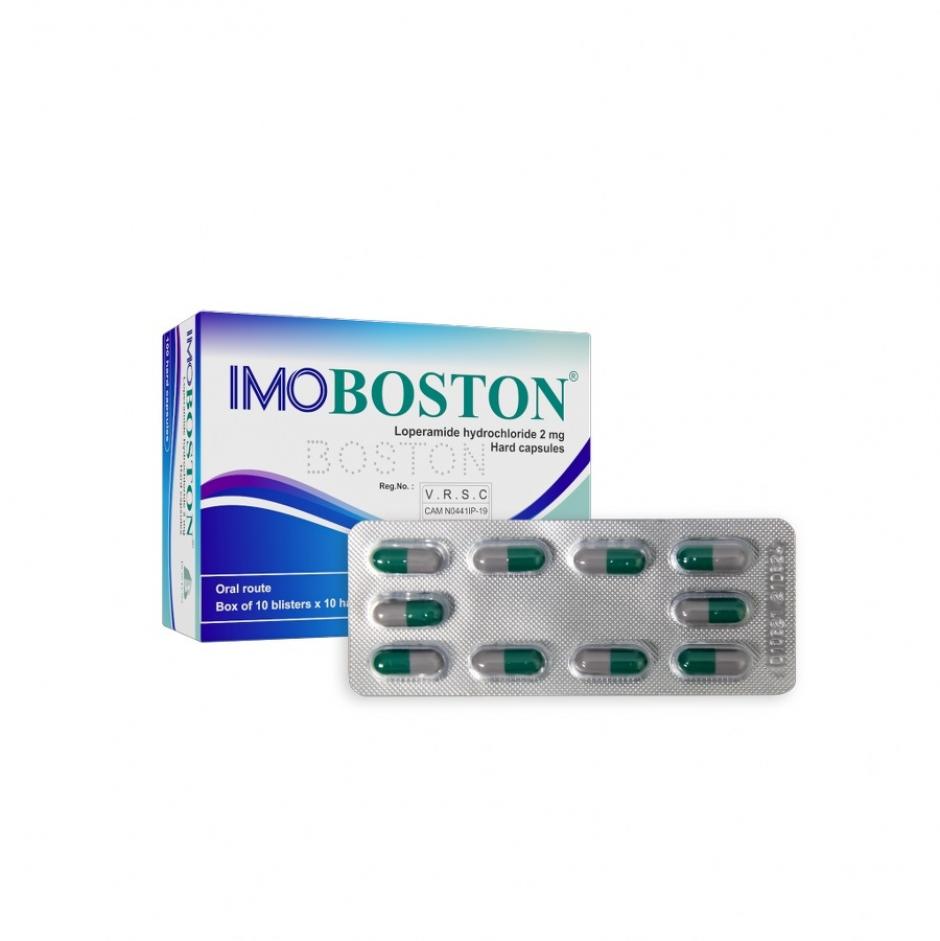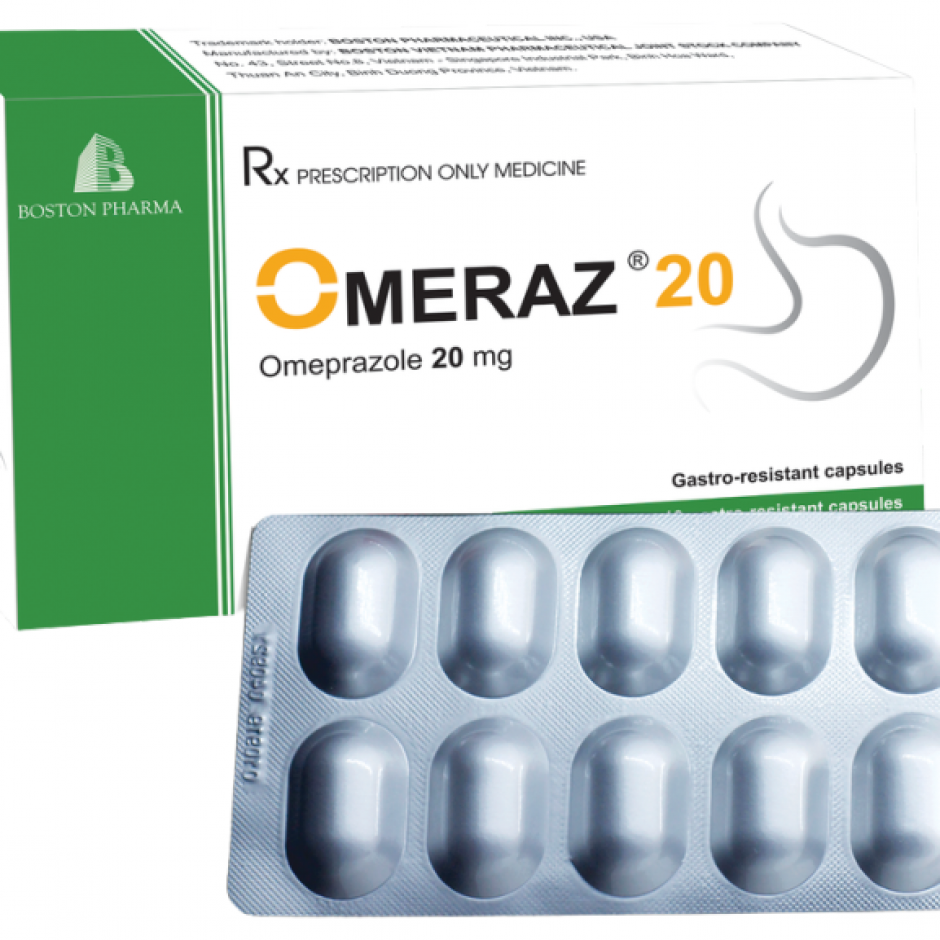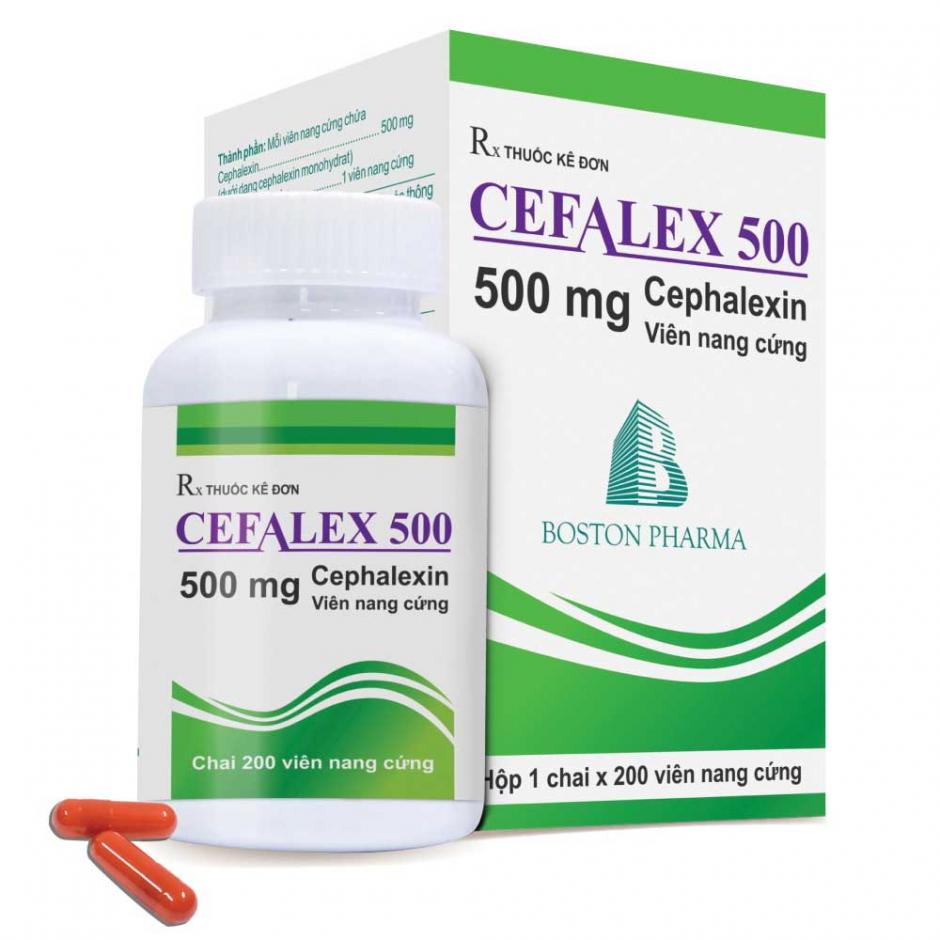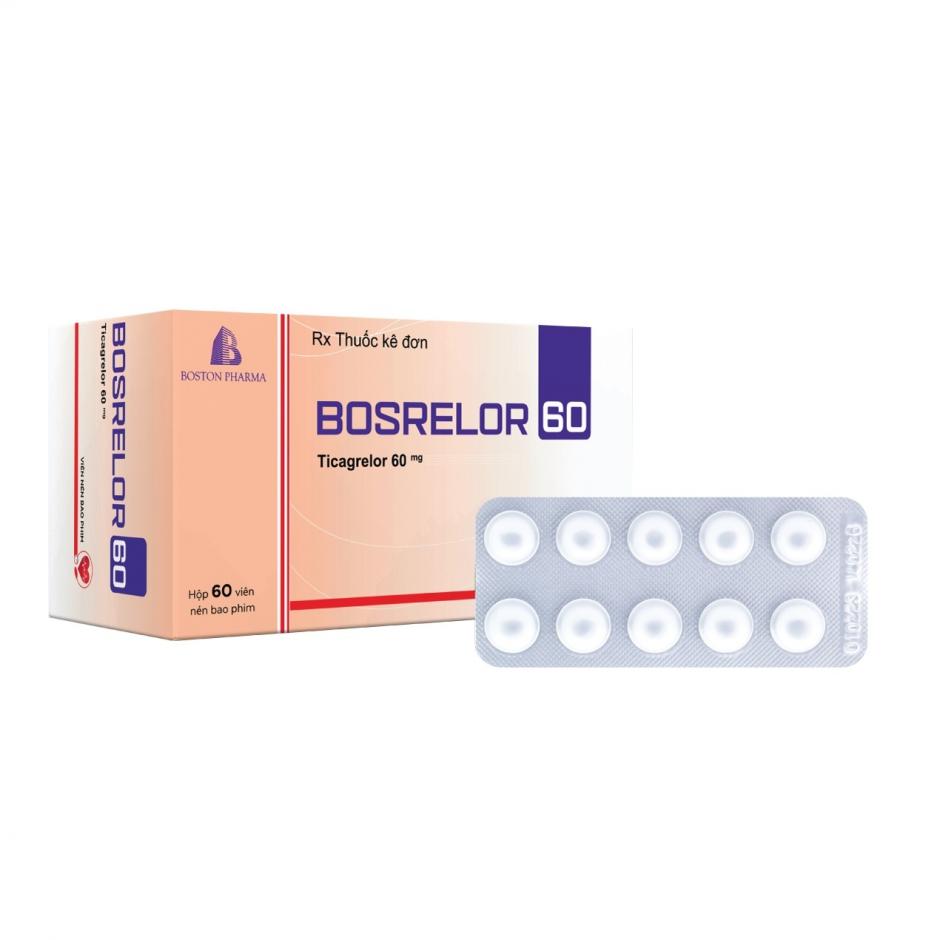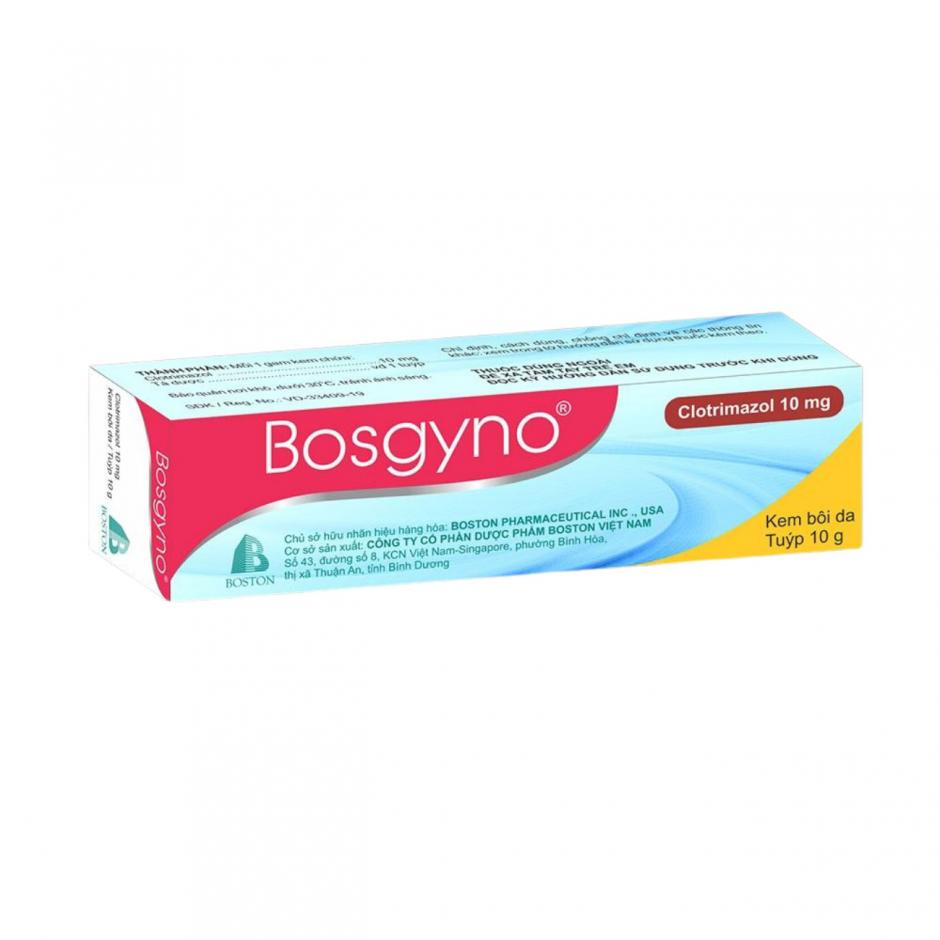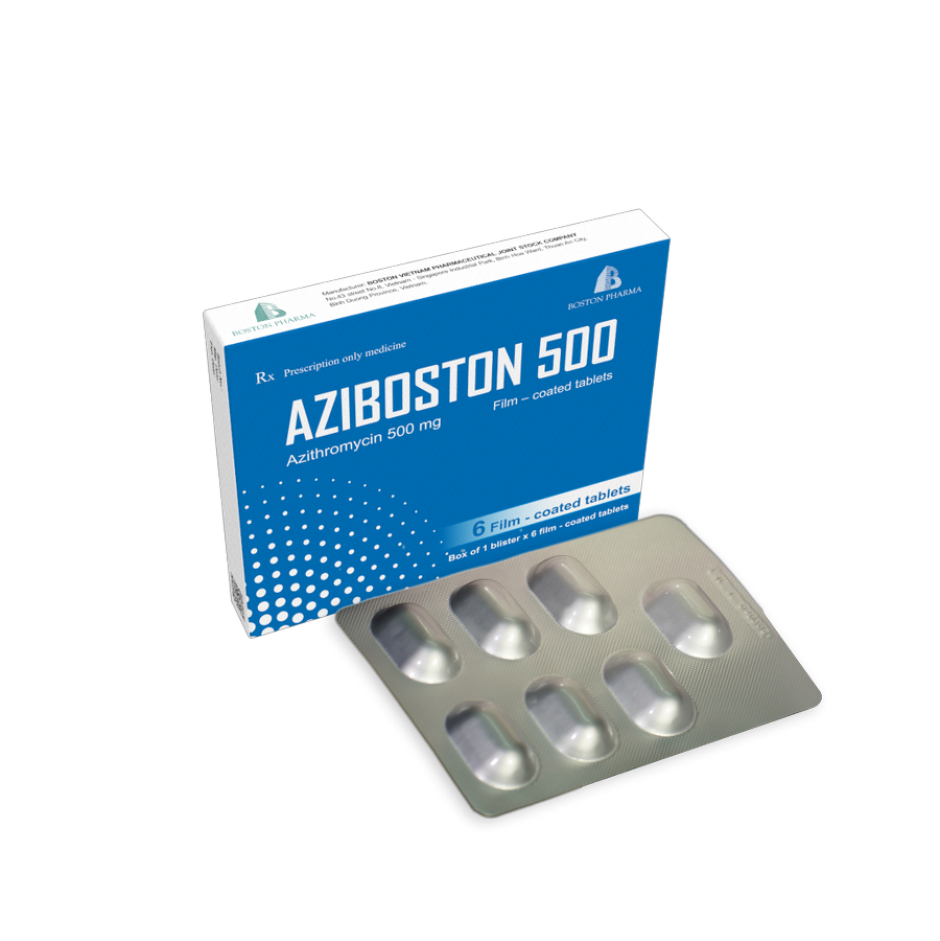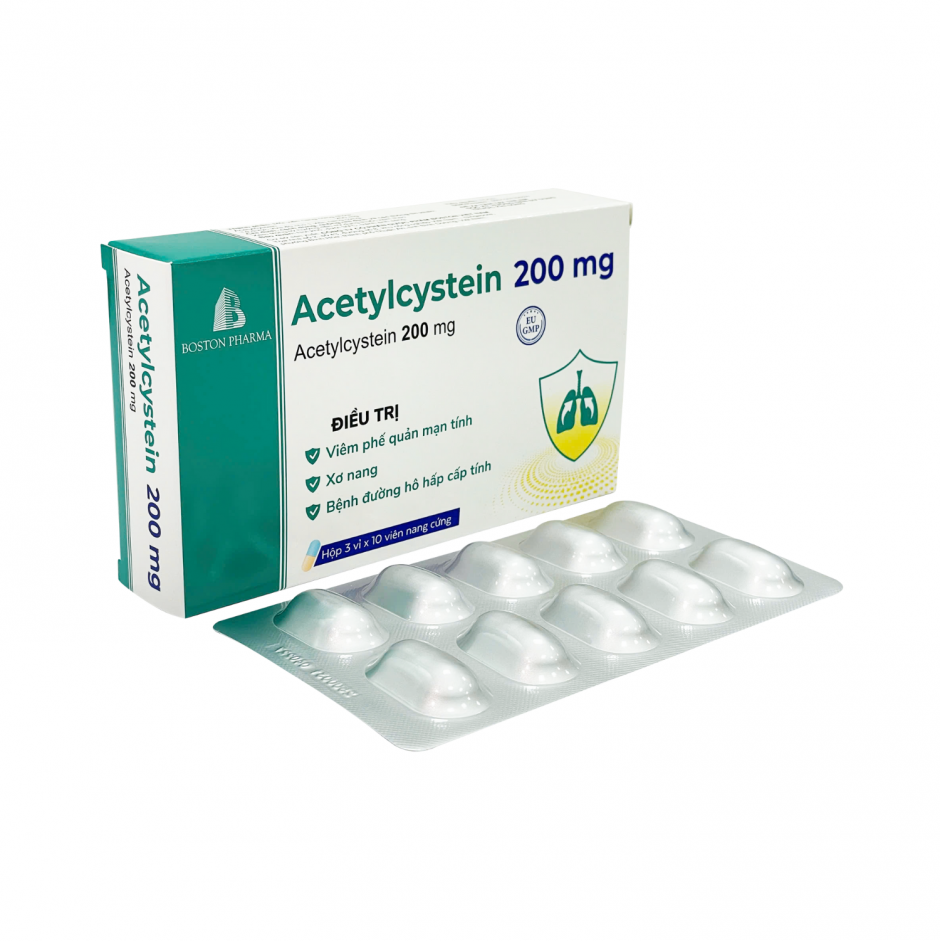DOSAGE
Adults/Elderly people
Active duodenal ulcer and active benign gastric ulcer
The recommended dose is 1 tablet once daily. Treatment of active duodenal ulcer time: 4 – 8 weeks and treatment of active benign gastric ulcer time: 6 – 12 weeks.
Erosive or Ulcerative Gastro-Esophageal Reflux Disease (GERD)
The recommended dose is 1 tablet once daily for 4 – 8 weeks.
Gastro-Esophageal Reflux Disease Long-term Management (GERD Maintenance)
For long-term management, a maintenance dose of 1 tablet once daily can be used.
Zollinger-Ellison Syndrome
The recommended starting dose is 3 tablets once a day. Daily doses may up to 5 tablets in single dose or 3 tablets twice a day. Treatment should continue for as long as clinically indicated.
Eradication of H. pylori
Rabeprazole 20 mg once daily, can be combined with antibiotics for the eradication of H. pylori. The selection of antibiotics should consider the individual patient's drug tolerance and should be undertaken in accordance with national, regional and local resistance patterns and treatment guidelines.
Paediatric
This product is not recomended for use in children.
Renal and hepatic impairment
Dose adjustment is not needed in patients with renal or hepatic impairment.
ADMINISTRATION
Although neither the time of day nor food intake was shown to have any effect on rabeprazole sodium activity, it is recommended to take Rabeboston in the morning, before eating to facilitate treatment compliance.
Patients should be cautioned that Rabeboston enteric-coated tablets should not be chewed or crushed, but should be swallowed whole.
CONTRAINDICATIONS
Hypersensitivity to rabeprazole or any excipients.
Pregnancy and breast feeding.
WARNINGS AND PRECAUTIONS
The possibility of gastric or esophageal malignancy should be excluded prior to commencing treatment with rabeprazole sodium because the symptomatic response to therapy with rabeprazole sodium does not preclude the presence of this.
Proton pump inhibitors, especially if used in high doses and over long durations (> 1 year), may modestly increase the risk of hip, wrist and spine fracture, predominantly in the elderly or in presence of other recognized risk factors. Observational studies suggest that PPIs may increase the overall risk of fracture by 10–40%. Some of this increase may be due to other risk factors. Patients at risk of osteoporosis should receive care according to current clinical guidelines and they should have an adequate intake of vitamin D and calcium. Patients on long-term treatment should be kept under regular surveillance.
A risk of cross-hypersensitivity reactions with other PPIs or substituted benzimidazoles can not be excluded.
There have been post marketing reports of blood dyscrasias (thrombocytopenia and neutropenia) and hepatic enzyme abnormalities. In the majority of cases where an alternative aetiology can not be identified, the events were uncomplicated and resolved on discontinuation of rabeprazole.
There are no clinical data on the use of rabeprazole sodium in the treatment of patients with severe hepatic dysfunction. The prescriber is advised to exercise caution when treatment with rabeprazole sodium is first initiated in such patients.
Treatment with PPIs, including rabeprazole, may possibly increase the risk of gastrointestinal infections such as Salmonella, Campylobacter and Clostridium difficile.
Hypomagnesaemia
Severe hypomagnesaemia has been reported in patients treated with PPIs like rabeprazole for at least three months, and in most cases for a year. Serious manifestations of hypomagnesaemia such as fatigue, tetany, delirium, convulsions, dizziness and ventricular arrhythmia can occur but they may begin insidiously and be overlooked. In most affected patients, hypomagnesaemia improved after magnesium replacement and discontinuation of the PPI.
For patients expected to be on prolonged treatment or who take PPIs with digoxin or drugs that may cause hypomagnesaemia (e.g., diuretics), health care professionals should consider measuring magnesium levels before starting PPI treatment and periodically during treatment.
Concomitant use of rabeprazole with methotrexate
Literature suggests that concomitant use of PPIs with methotrexate (primarily at high dose) may elevate and prolong serum levels of methotrexate and/or its metabolite, possibly leading to methotrexate toxicities. In highdose methotrexate administration, a temporary withdrawal of the PPI may be considered in some patients.
Influence on vitamin B12 absorption
Rabeprazole sodium, as all acidblocking medicines, may reduce the absorption of vitamin B12 (cyanocobalamin) due to hypo- or a- chlorhydria. This should be considered in patients with reduced body stores or risk factors for reduced vitamin B12 absorption on longterm therapy or if respective clinical symptoms are observed.
Subacute cutaneous lupus erythematosus (SCLE)
Proton pump inhibitors are associated with very infrequent cases of SCLE. If lesions occur, especially in sun-exposed areas of the skin, and if accompanied by arthralgia, the patient should seek medical help promptly and the health care professional should consider stopping rabeprazole sodium. SCLE after previous treatment with a PPI may increase the risk of SCLE with other PPIs.
INTERACTIONS
Active substances with pH dependent absorption
Rabeprazole sodium produces a profound and long lasting inhibition of gastric acid secretion. An interaction with compounds whose absorption is pH dependent may occur.
Ketoconazole, itraconazole
Co-administration of rabeprazole sodium with ketoconazole or itraconazole may result in a significant decrease in antifungal plasma levels. Therefore individual patients may need to be monitored to determine if a dosage adjustment is necessary.
Atazanavir, ritonavir
Co-administration of atazanavir 300 mg/ritonavir 100mg with omeprazole (40 mg once daily) or atazanavir 400 mg with lansoprazole (60 mg once daily) resulted in a substantial reduction in atazanavir exposure. Although not studied, similar results are expected with other PPIs. Therefore PPIs, including rabeprazole, should not be co-administered with atazanavir or ritonavir.
Methotrexate
Concomitant use of PPIs and methotrexate (primarily at high dose) may elevate and prolong serum levels of methotrexate and/or its metabolite hydroxymethotrexate. However, no formal drug interaction studies of methotrexate with PPIs have been conducted.
PREGNANCY AND LACTATION
Pregnancy
There are no data on the safety of rabeprazole in human pregnancy. Reproduction studies performed in rats and rabbits have revealed no evidence of impaired fertility or harm to the foetus due to rabeprazole sodium, although low foeto-placental transfer occurs in rats. Rabeboston is contraindicated during pregnancy.
Lactation
It is unknown whether rabeprazole sodium is excreted in human breast milk. No studies in breast-feeding women have been performed. Rabeprazole sodium is however excreted in rat mammary secretions. Therefore Rabeboston should not be used during breast-feeding.
EFFECTS ON ABILITY TO DRIVE AND USE MACHINES
Based on the pharmacodynamic properties and the adverse events profile, it is unlikely that rabeprazole sodium would cause an impairment of driving performance or compromise the ability to use machinery. If however, alertness is impaired due to somnolence, it is recommended that driving and operating complex machinery be avoided.
UNDESIRABLE EFFECTS
The most commonly reported adverse drug reactions, during controlled clinical trials with rabeprazole were headache, diarrhea, abdominal pain, asthenia, flatulence, rash and dry mouth. The majority of adverse events experienced during clinical studies were mild or moderate in severity, and transient in nature.
The following adverse events have been reported from clinical trial and post-marketed experience.
Frequencies are defined as: common (> 1/100 to < 1/10), uncommon (> 1/1,000 to < 1/100), rare (> 1/10,000 to < 1/1000) and very rare (< 1/10,000); not known (cannot be estimated from the available data).
|
System Organ Class
|
Undersirable effects
|
|
Infections and infestations
|
Common: Infection.
|
|
Blood and lymphatic system disorders
|
Rare: Neutropenia, leucopenia, thrombocytopenia, leucocytosis.
|
|
Immune system disorders
|
Rare: Hypersensitivity (swelling, hypotension, dyspnoea).
|
|
Metabolism and nutrition disorders
|
Rare: Anorexia.
|
|
Not known: Hyponatremia, Hypomagnesaemia.
|
|
Psychiatric disorders
|
Common: Insomnia.
|
|
Uncommon: Nervousness.
|
|
Rare: Depression.
|
|
Not known: Confusion.
|
|
Nervous system disorders
|
Common: Headache, dizziness.
|
|
Uncommon: Somnolence.
|
|
Eye disorders
|
Rare: Visual disturbance.
|
|
Vascular disorders
|
Not known: Peripheral edema.
|
|
Respiratory, thoracic and mediastinal disorders
|
Common: Cough, pharyngitis, rhinitis.
|
|
Uncommon: Bronchitis, sinusitis.
|
|
Gastrointestinal disorders
|
Common: Abdominal pain, constipation, diarrhea, flatulence, nausea, vomiting.
|
|
Uncommon: Dry mouth, dyspepsia, eructation.
|
|
Rare:Gastritis, stomatitis, taste disturbance.
|
|
Hepatobiliary disorders
|
Rare: Hepatitis, jaundice, hepatic encephalopathy.
|
|
Skin and subcutaneous tissue disorders
|
Uncommon: Rash, erythema.
|
|
Rare: Pruritus, sweating, bullous reactions.
|
|
Very rare: Erythema multiform, Stevens-Johnson syndrome (SJS), toxic epidermal necrolysis (TEN).
|
|
Not known: Subacute cutaneous lupus erythematosus.
|
|
Musculoskeletal and connective tissue disorders
|
Common: Non-specific pain, back pain.
|
|
Uncommon: Arthralgia, myalgia, leg cramps, fracture of the hip, wrist or spine.
|
|
Renal and urinary disorders
|
Uncommon: Urinary tract infection.
|
|
Rare: Interstitial nephritis.
|
|
Reproductive system and breast disorders
|
Not known: Gynaecomastia.
|
|
General disorders and administration site conditions
|
Common: Asthenia, influenza like illness.
|
|
Uncommon: Chest pain, chills, pyrexia.
|
|
Investigations
|
Uncommon: Increased hepatic enzymes.
|
|
Rare: Weight increased.
|
OVERDOSE AND TREATMENT
Experience to date with deliberate or accidental overdose is limited. The maximum established exposure has not exceeded 60 mg twice daily, or 160 mg once daily. Effects are generally minimal, representative of the known adverse event profile and reversible without further medical intervention. No specific antidote is known. Rabeprazole sodium is extensively protein bound and is, therefore, not dialyzable. As in any case of overdose, treatment should be symptomatic and general supportive measures should be utilized.
STORAGE CONDITION
In a dry place, below 30°C, protect from light.
SHELF-LIFE
36 months from the manufacturing date. Do not use after the expiry date.



_rabeboston_900x900.jpg)
